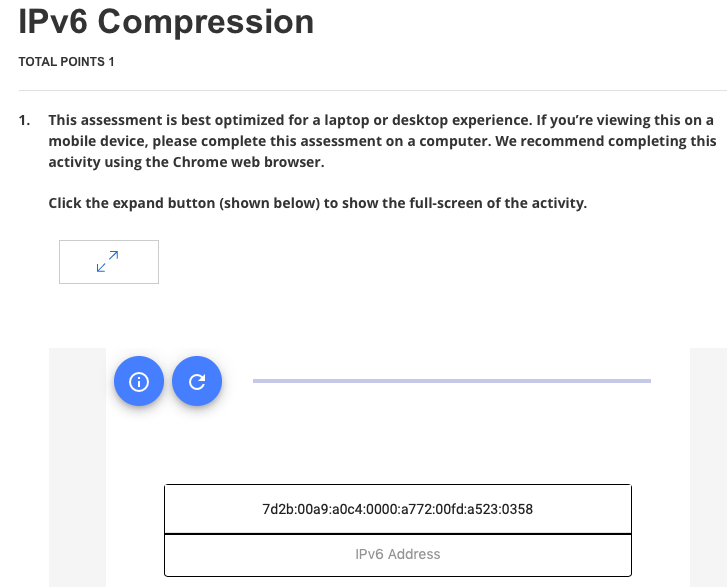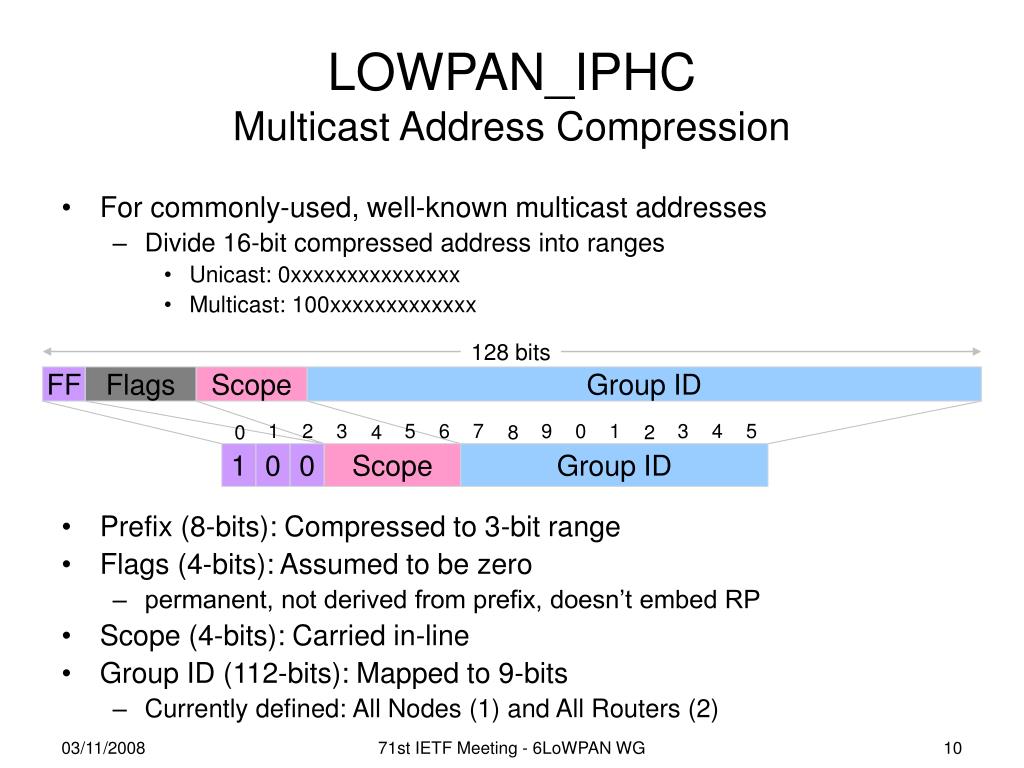

Already supported on millions of devices.

Increased ease of remembering addresses.Allows creation of a simple virtual communication layer over multiple devices.Some of the main features of IPv4 include: The /64 part means that the first 64 bits of the address are representing the network portion, and the last 64 bits are the host portion.The main differences between the two are the length of each IP address and the overall number of unique addresses available, but there are additional, more technical variations between the two versions. Network MaskĪs we used to do with IPv4 addresses, an IPv6 address can be written using the prefix notation to specify the subnet mask: 2001:db8::8:800:200c:417a/64 This short version is often used in human representation. Using compression, the IPv6 address written above can be shorten into the following, equivalent, address 2001:db8::8:800:200c:417a

Leading zeroes: all the leading zeroes within a group can be omitted: “0008” would become “8”Ī string of consecutive zeroes can be replaced by the string “::”. Since IPv6 addresses are very long to write, there are some semplifications and compressions that you can use to shorten them. You can create a new IPv6 object using uppercase letters, but they will be converted. Letters in an IPv6 address are usually written downcase, as per RFC. An IPv6 address is generally written as eight groups of four hexadecimal digits, each group representing 16 bits or two octect. IPv6 addresses are 128 bits long, in contrast with IPv4 addresses which are only 32 bits long. IPAddress::IPv6 - IP version 6 address manipulation library Synopsis require ' ipaddress ' DescriptionĬlass IPAddress::IPv6 is used to handle IPv6 type addresses.


 0 kommentar(er)
0 kommentar(er)
